Pistol Borchard K-93
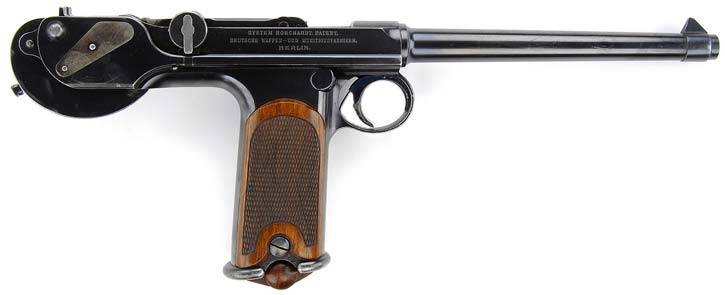
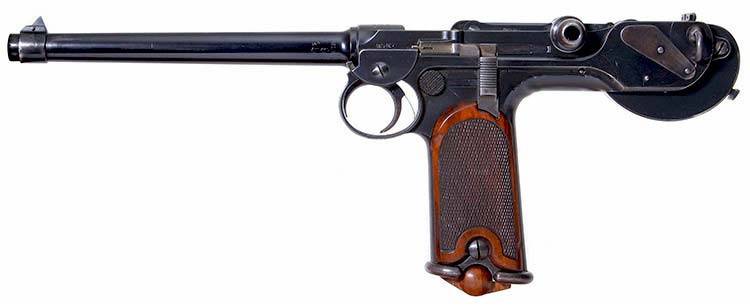
The predecessor of the famous Luger P-08 “Parabellum” pistol was the gun of the little-known designer Hugo Borchardt called Borchard K-93 (Borchard С-93 Borchardt pistol Сonstruction 1893).
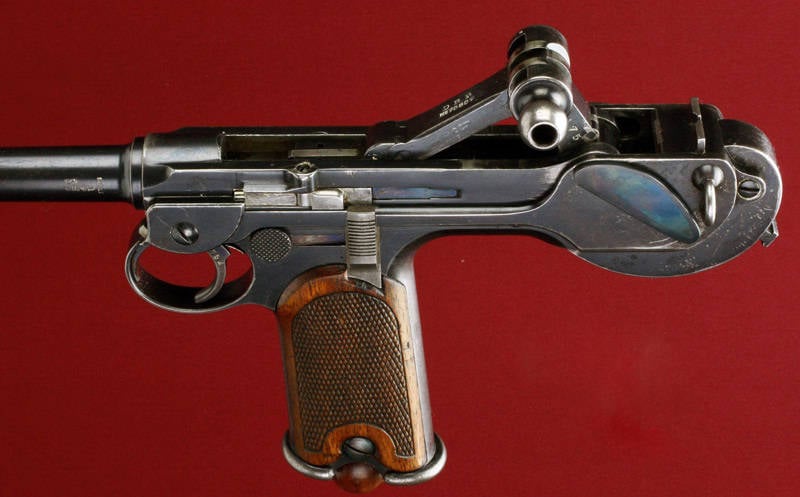
The idea of using a crank shutter locking scheme is not new, before that it was used in American Henry-Winchester rifles, Volcanic pistols, and Maxim machine gun.
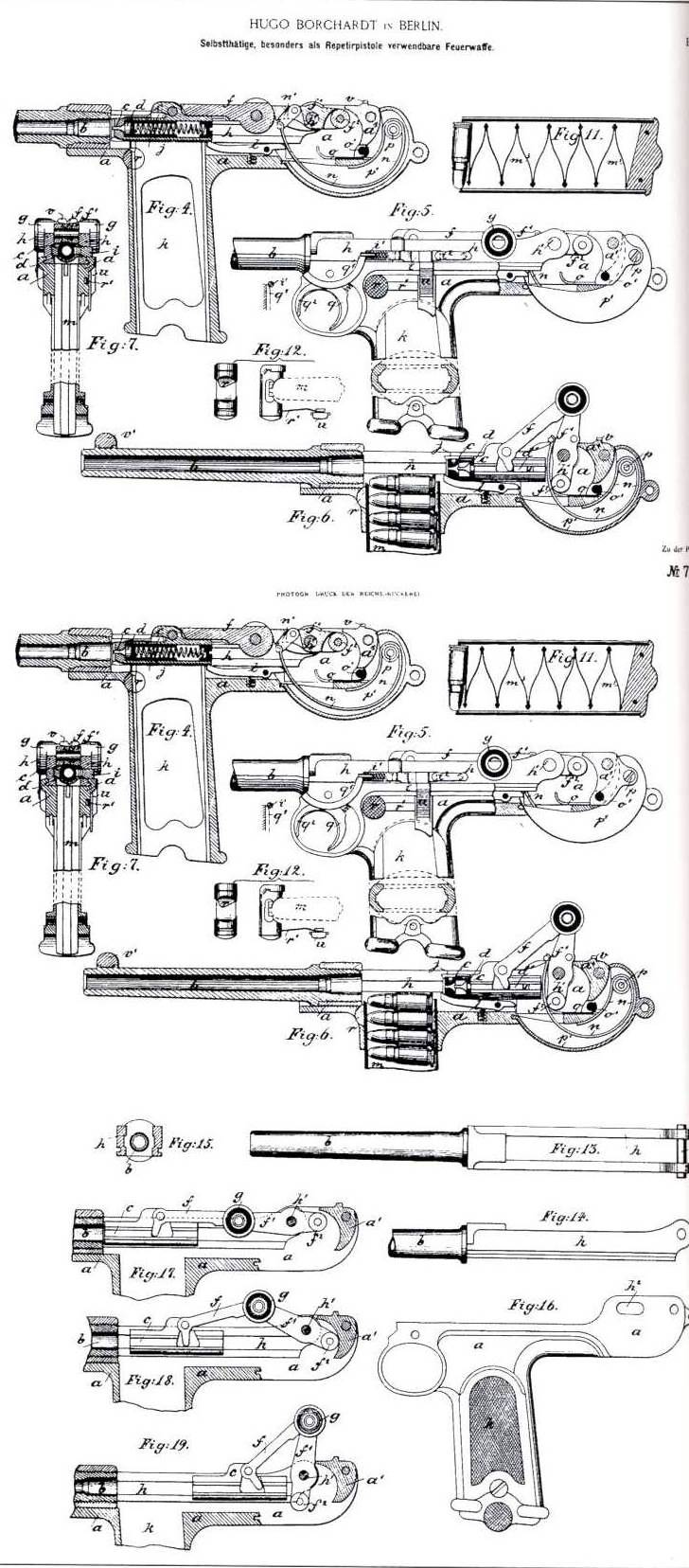
Working in America, and then in Austria-Hungary for armory enterprises, Borchard analyzed the designs of such weapons and created an automatic pistol, receiving a patent for it in Germany in 1893.
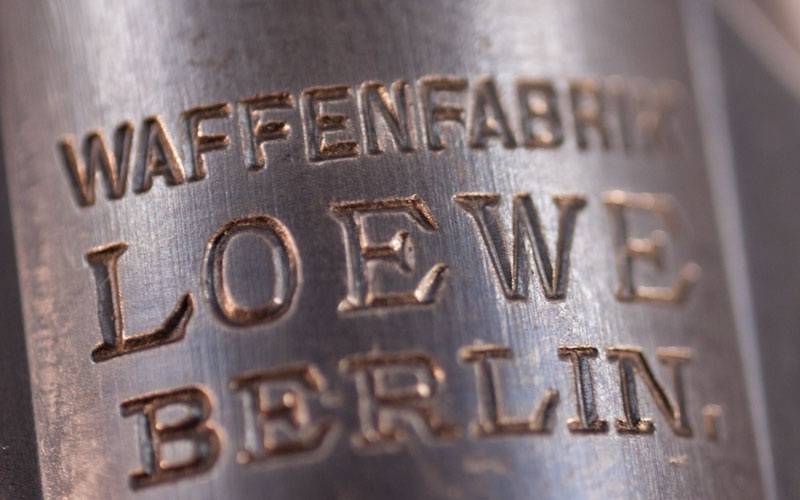
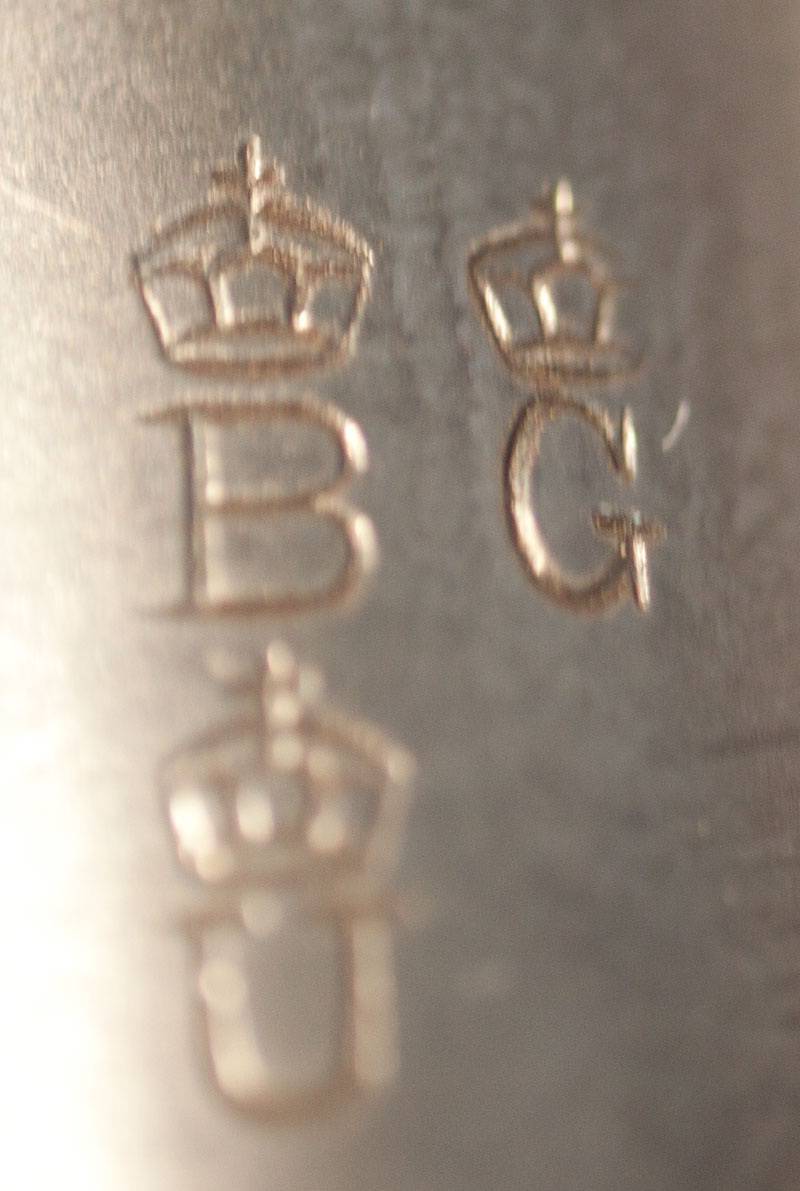
Initially, the pistol was produced by the Berlin arms factory Ludwig Lewe.
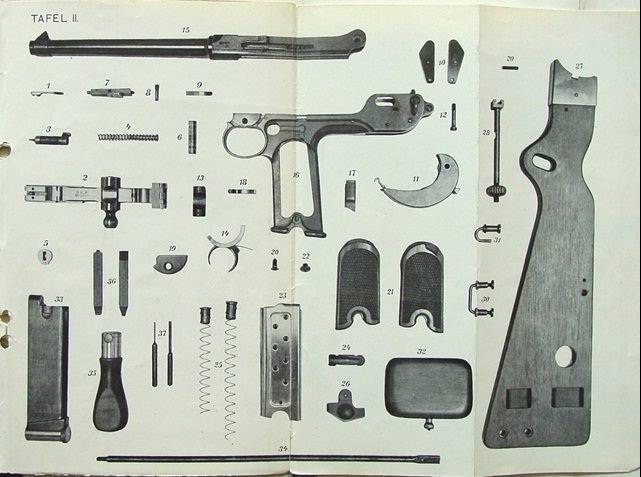
The gun structurally consists of: a frame with handle cheeks and a fuse; return spring with casing; trigger with cover and spring; barrel with receiver, sear and uncoupler; shutter with a crank mechanism and connecting axles; removable box magazine, removable stock.
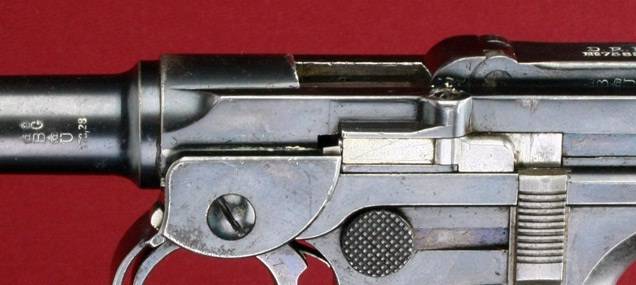
The pistol has no slide delay. The weapon fuse is a button moving in the groove on the right side of the pistol frame. In the upper position of the button (position on the fuse), the movement of the receiver along the guides is blocked and the sear is also blocked. Next to the safety button is the magazine lock button, which is spring-loaded by one leaf spring with the safety button.
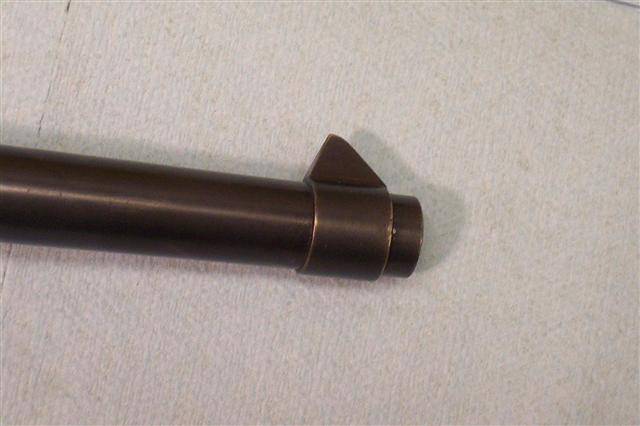
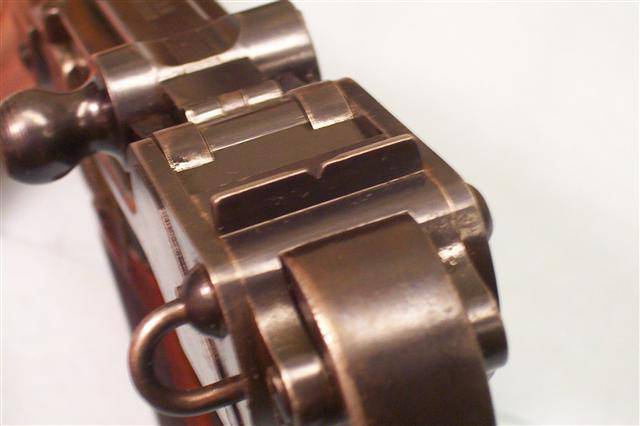
The sights of the pistol consist of a triangular front sight located on the barrel and a rear sight located at the rear of the pistol frame.
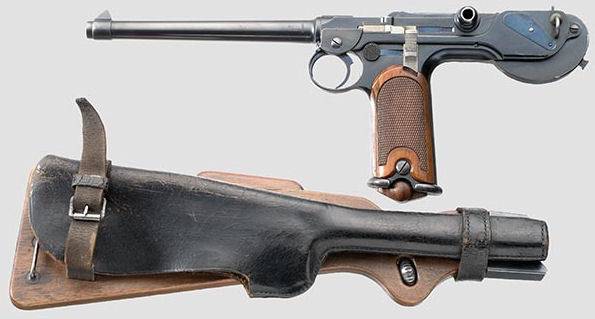
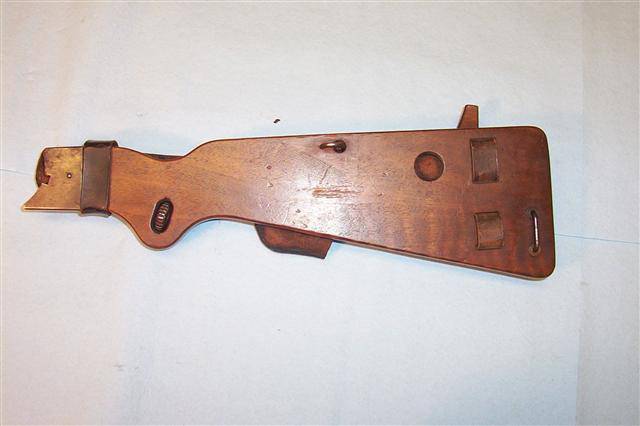
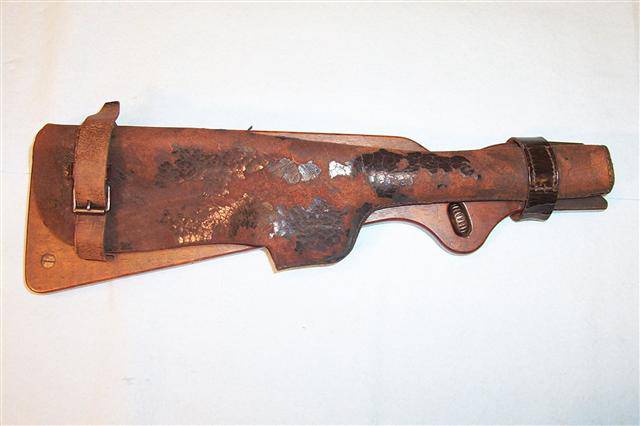
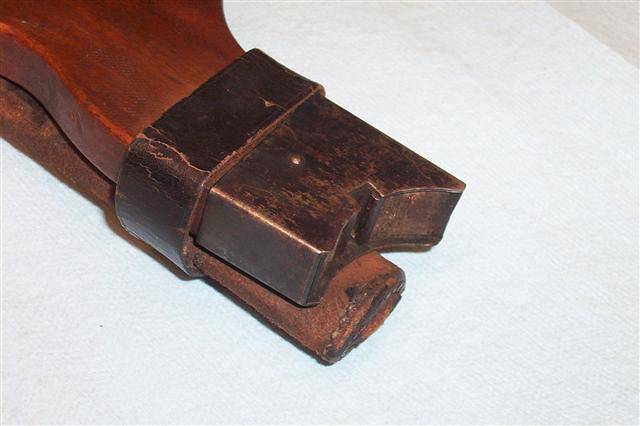
A removable wooden butt is attached to the weapon with a T-shaped protrusion located on the recoil spring casing. The mass of the weapon with an unloaded magazine and without a buttstock is 1270 gr., the length of the weapon without a buttstock is 352 mm, with a buttstock 680 mm, the barrel length is 190 mm or 154 mm, the width of the pistol is 47 mm, the height is 137 mm, the magazine capacity is 8 rounds.
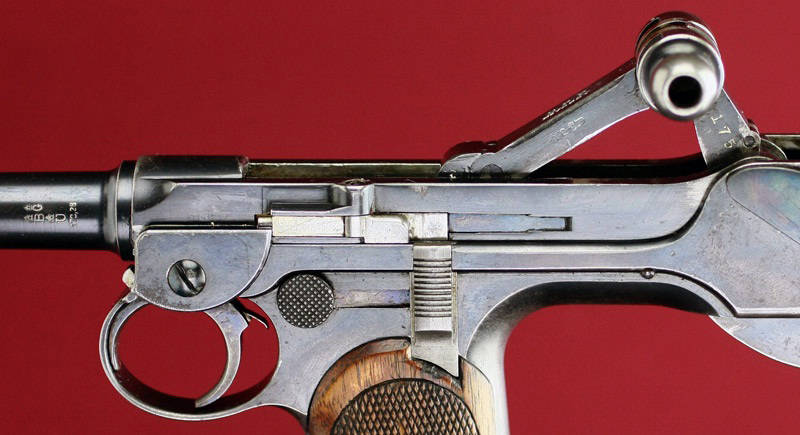
The automation of the Borchard K-93 pistol works, uses a short barrel stroke when recoiling. The shutter is locked by a crank mechanism.
At the time of the shot, the powder gases affect not only the bullet, but also the bottom of the cartridge case. Due to the received energy, the barrel, the bolt box, along with the bolt, move back along the guides of the pistol frame. After passing a short distance, the rollers of the rear part of the shutter lever abut against the back of the pistol frame, which has a concave surface, due to which the rollers begin to rotate and the shutter levers leave the horizontal position (dead center). After leaving the "dead center" of the levers, the shutter continues to move due to the remaining momentum, removes the sleeve from the chamber. When the bolt moves back, the projections of the bolt levers cock the drummer, compressing the mainspring. In the rearmost position, the return spring, which is two metal strips, which are laid in the back of the pistol in the casing, begins to act on the shutter levers through a special earring. Under the action of the return spring, the bolt rushes forward, capturing the next cartridge from the magazine and sending it into the chamber, while the drummer is fixed by a sear and becomes cocked. In the extreme forward position, the bolt is locked and the pistol is ready to fire a new shot.
The pistol was designed for Borchardt's 7.65mm Borchardt cartridge, which resembled the 7.63 Mauser and 7.65 Mannlicher cartridges in appearance. The pistol had an excellent rate of fire - 72 rounds per minute, the 7.65mm Borchardt cartridge made it possible to give a 5,5 gram bullet an initial speed of 420 m / s. Due to the high speed of the bullet and the sufficient length of the barrel, the pistol had a very good accuracy.
The good ballistic characteristics of the weapon, the reliability of the weapon, as well as the possibility of using the butt, which made it possible to conduct aimed fire at long distances, made it possible to call the Borchard pistol a “carbine pistol” in a number of catalogs - a universal weapon for hunters and travelers.
The design of the gun Borhard certainly was original and served as the basis for copying some constructive solutions.
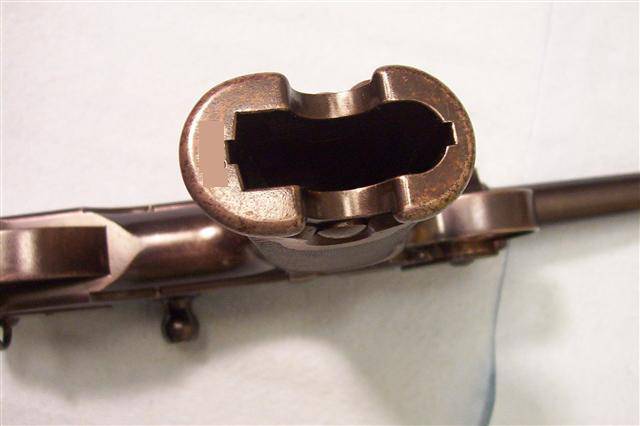
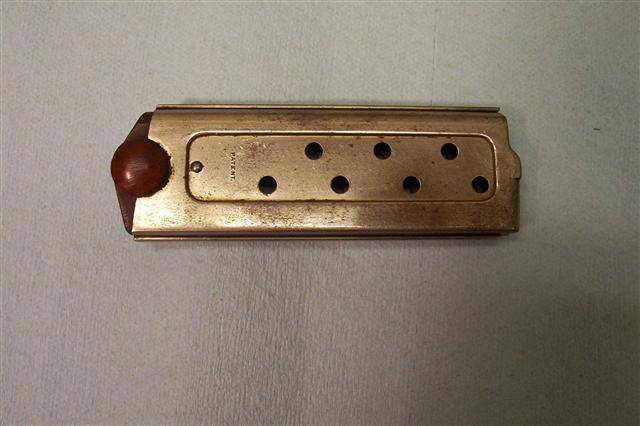
This includes a removable box magazine located in the pistol grip, a magazine latch button, a disconnect mechanism design, and an automatic pistol hinge locking mechanism. In addition, Borchard himself patron served as an example to follow when creating pistol cartridges: 7.63 Mauser, 7,65 Parabellum, 7,62 TT, 9 Luger.
Meanwhile, the pistol had a lot of flaws, which did not allow him to adopt or produce a large series. The absence of a bolt lag and cartridge presence indicator in the chamber does not allow controlling the ammunition consumption and determining whether the gun is loaded.
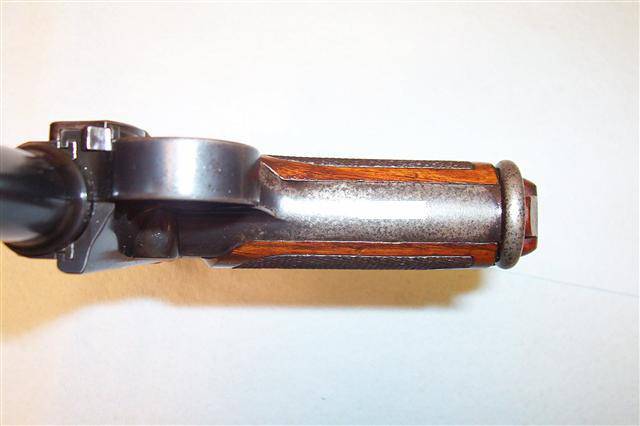
The asymmetrical arrangement of the trigger guard and the trigger (they are shifted to the left relative to the bore, probably for better ergonomics), makes it difficult to use the pistol by a left-handed shooter or a shooter in case of a wound in the right hand. Disadvantages of the design of the lever-hinge mechanism: the presence of three removable axles that are not fixed by anything other than the receiver, fastening the entire bolt assembly makes it dangerous to disassemble the pistol in the field due to the possibility of losing the axles.
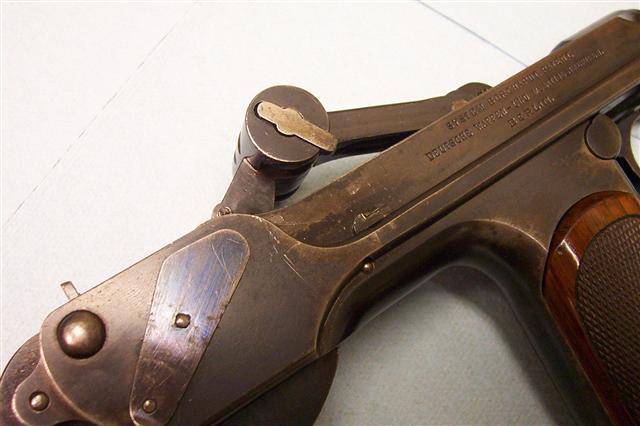
In addition, when the pistol is manually cocked, the shutter does not always lock due to the fact that the levers do not always fully straighten and get into a "dead spot", especially when the pistol mechanism is dirty. The presence of two screws and more than seventy parts makes it difficult to disassemble the gun for cleaning and eliminating delays. In addition, the large mass and length of the pistol does not fully meet the requirements for individual short-barreled small arms.
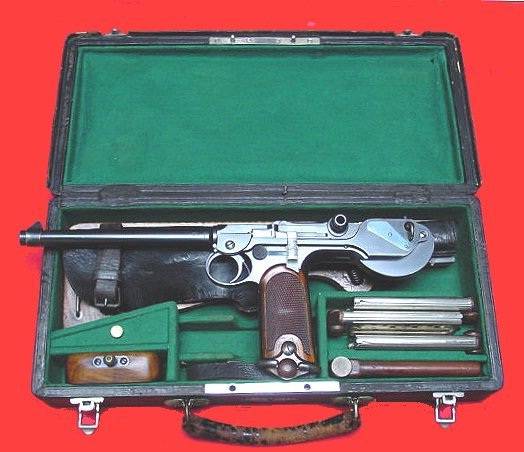
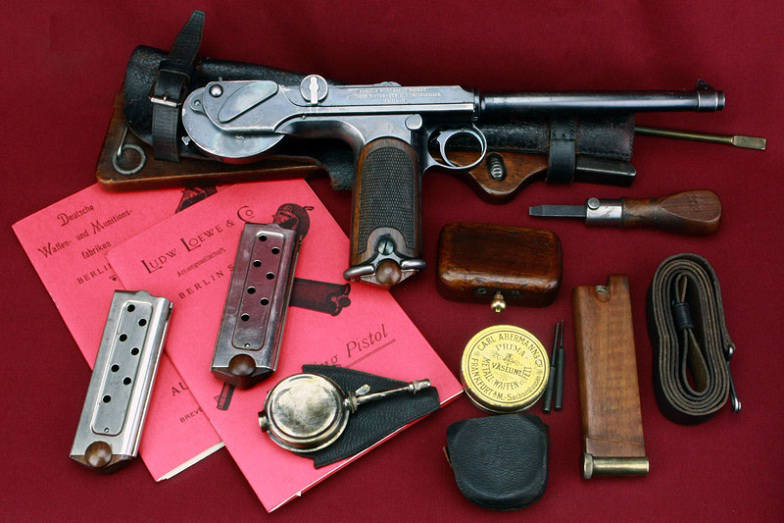
Today, this weapon and its cartridges are very popular with collectors due to their rarity.
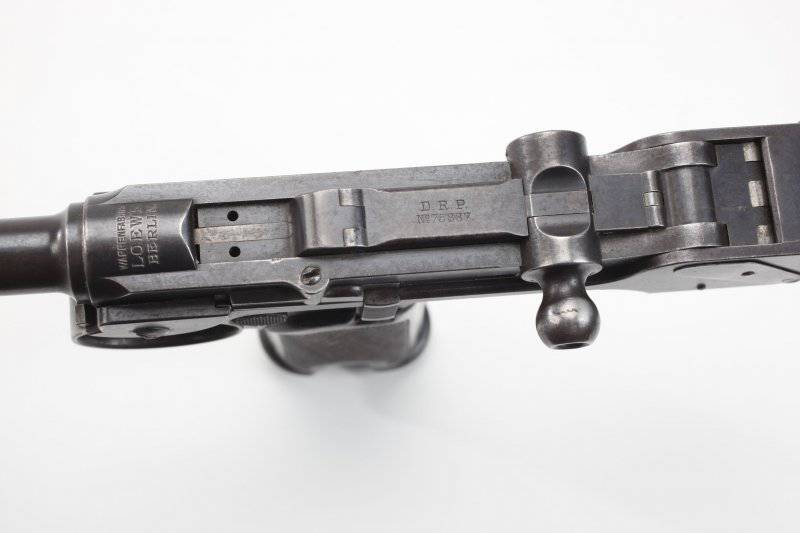
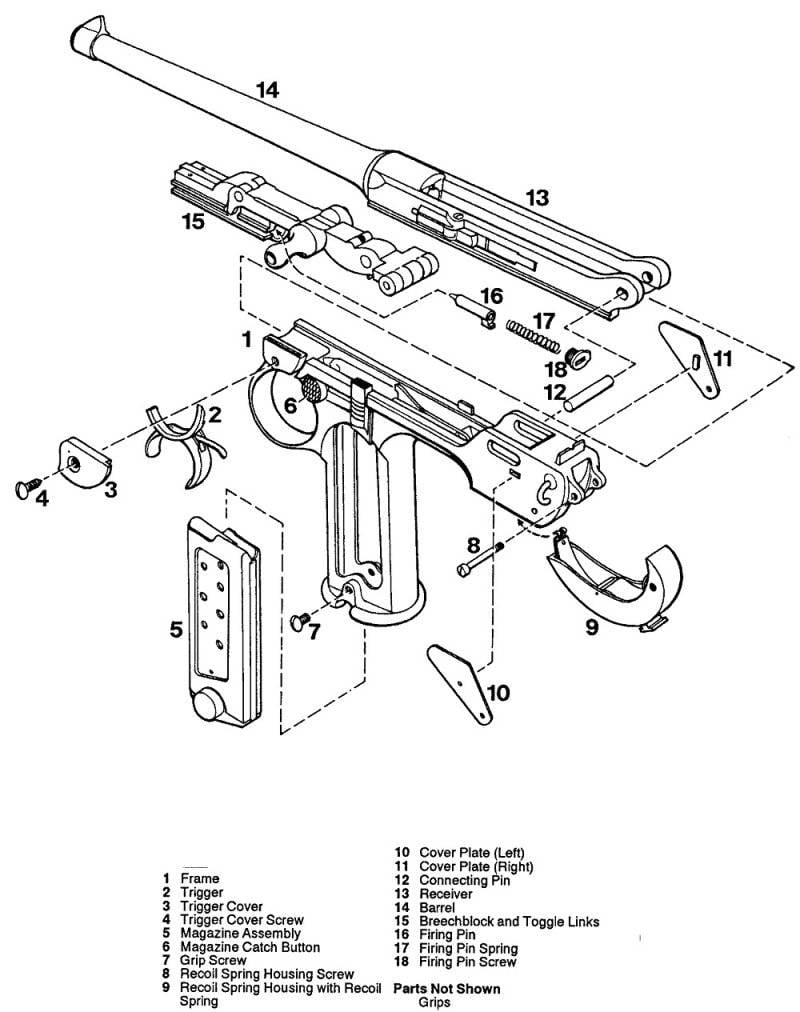
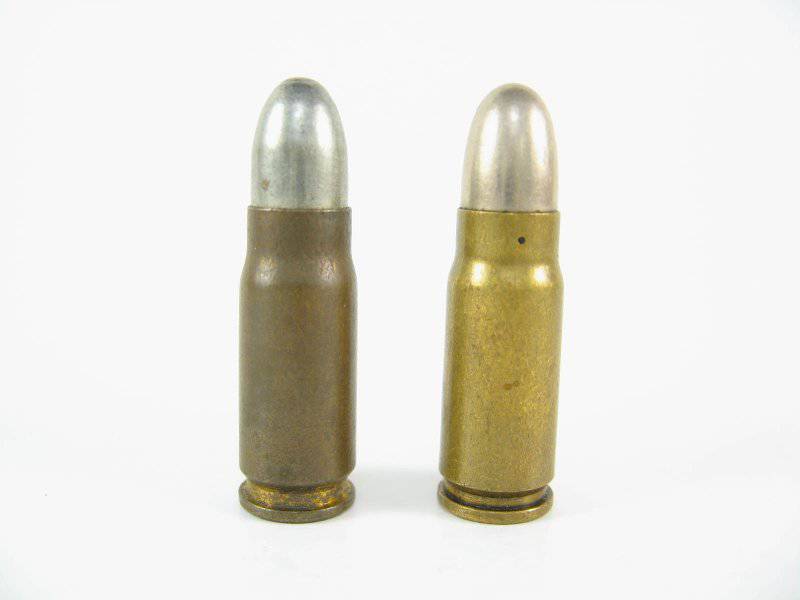

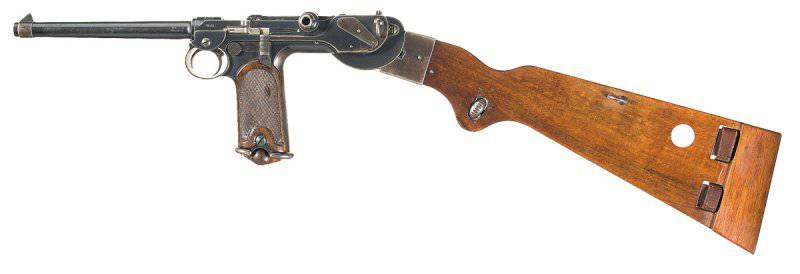
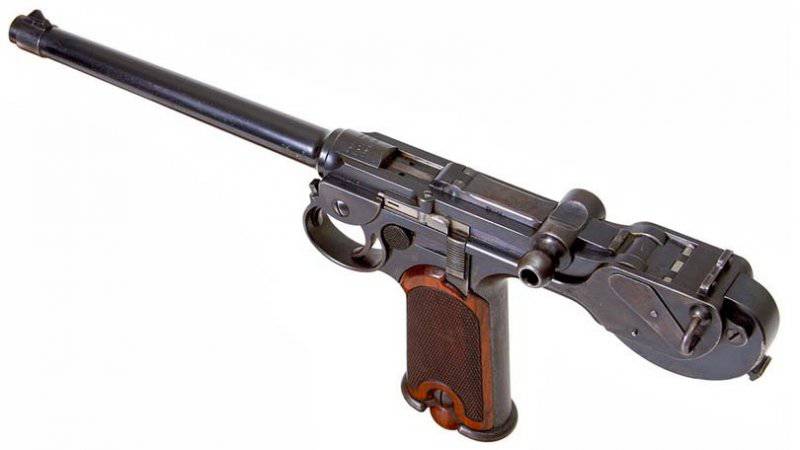
Information